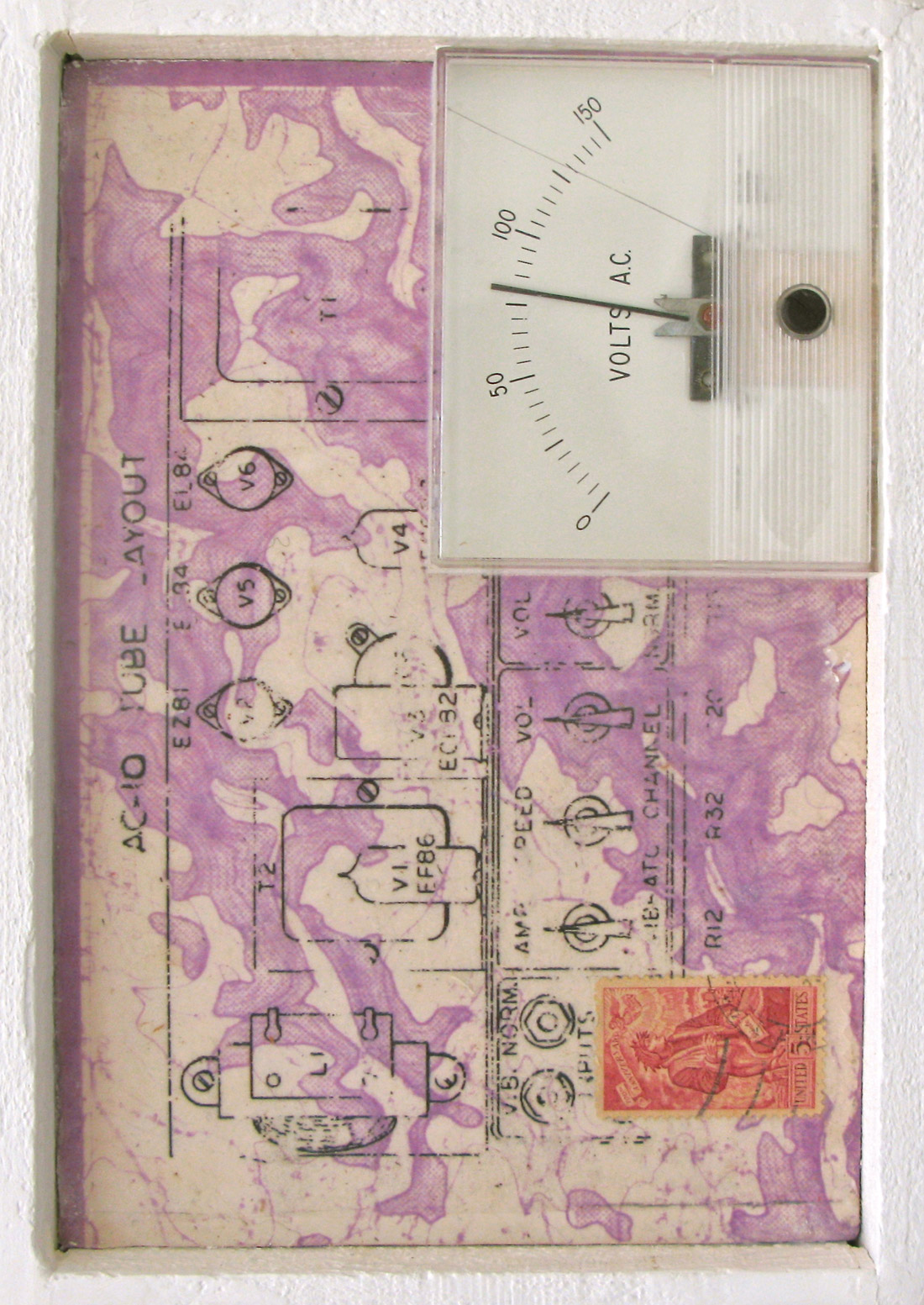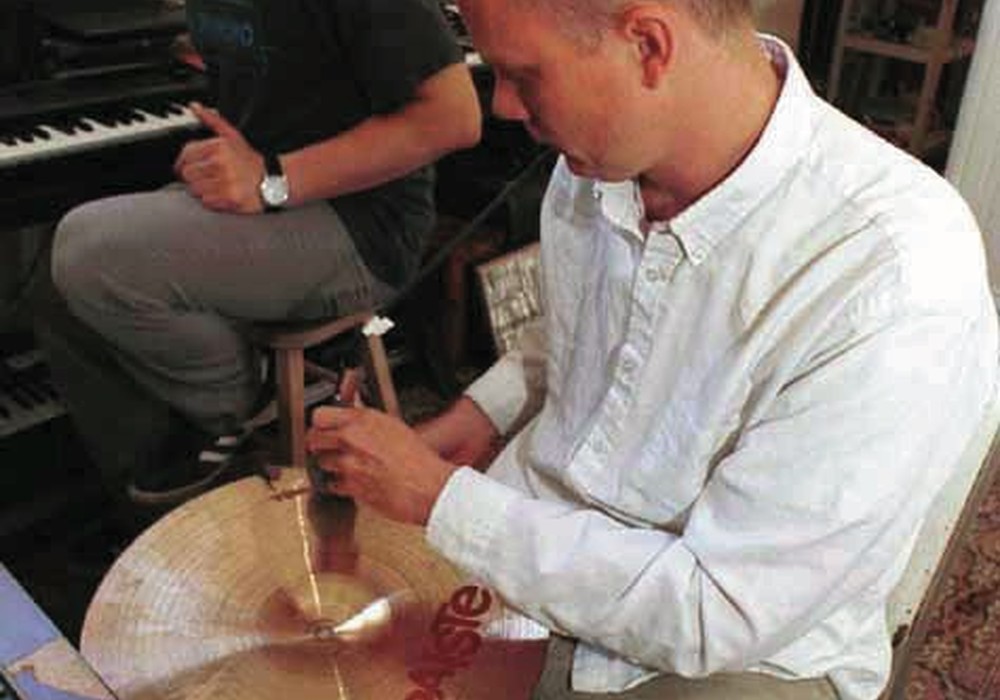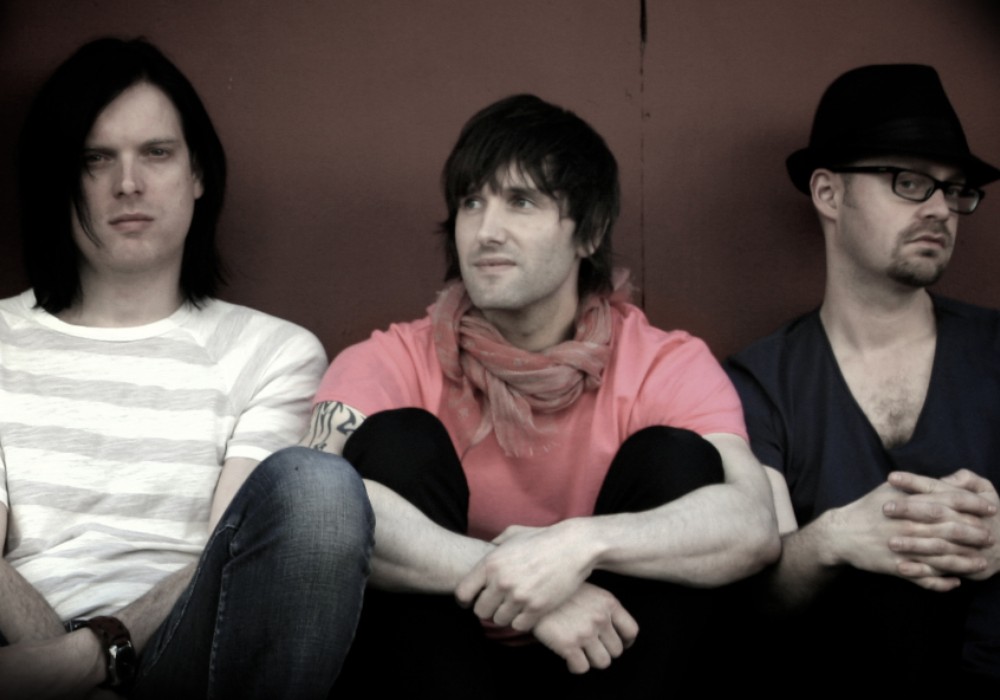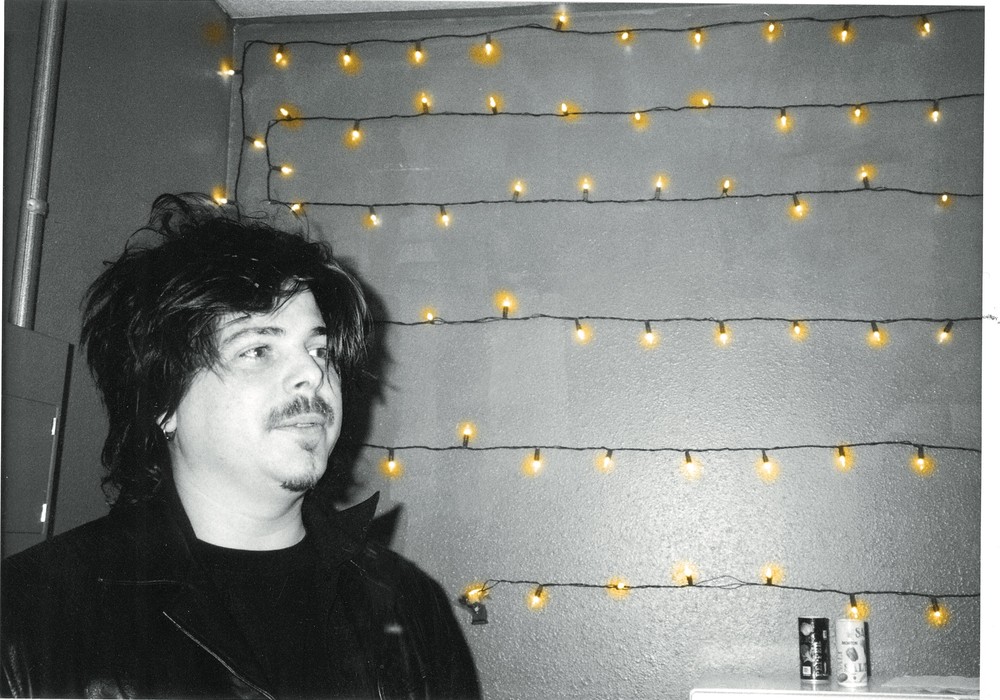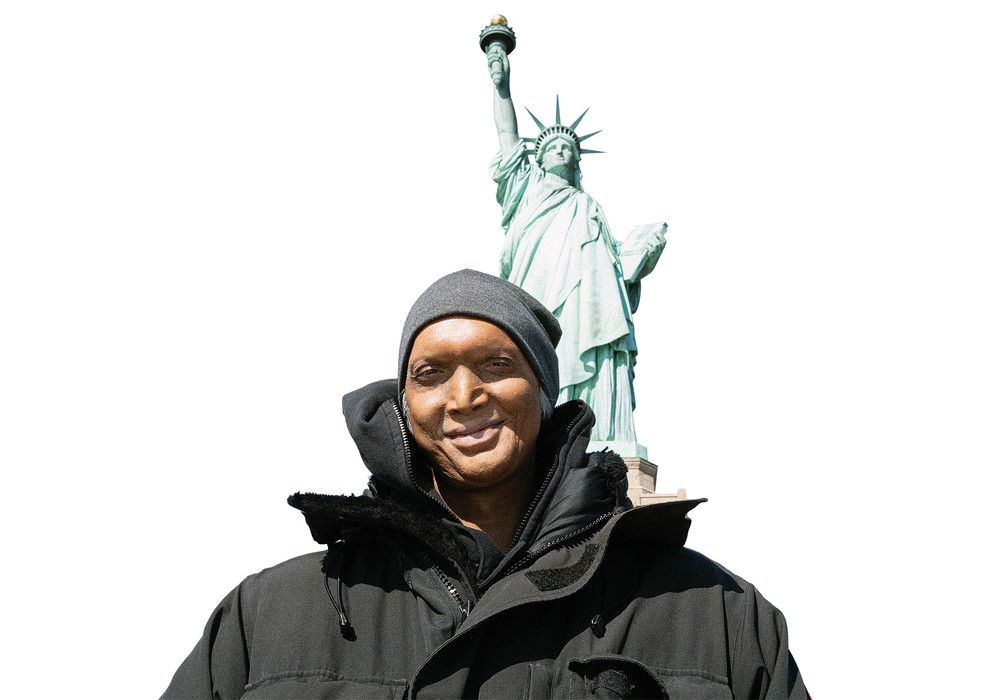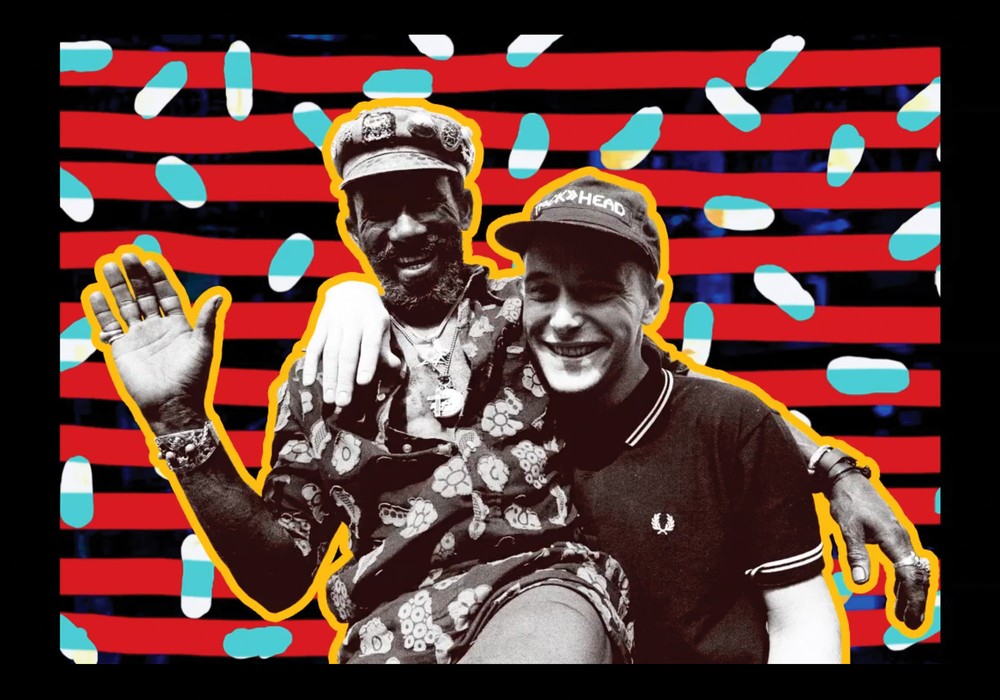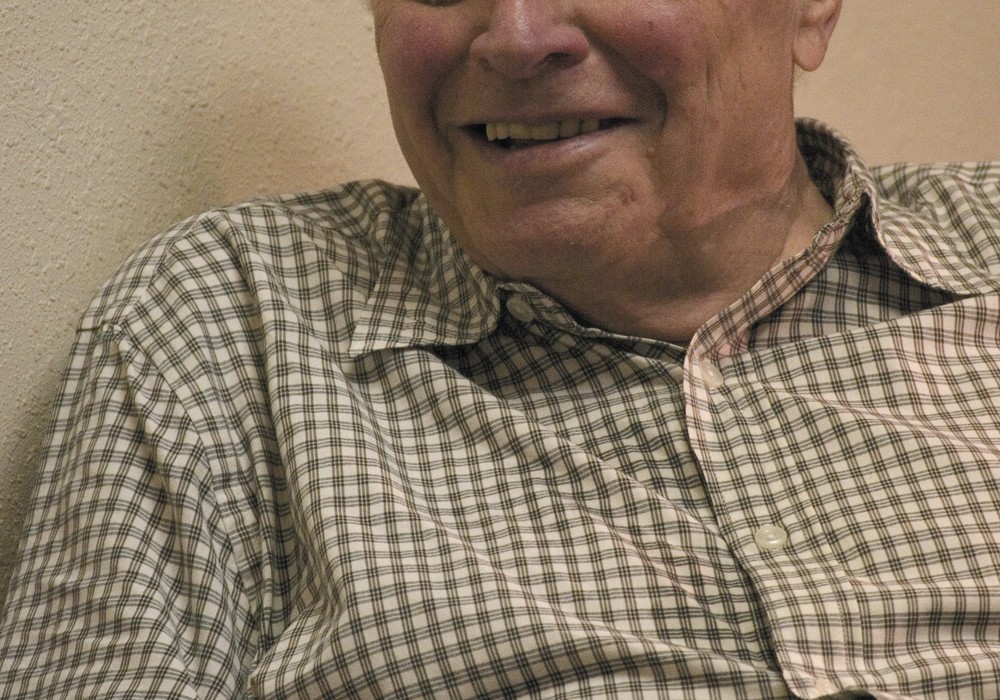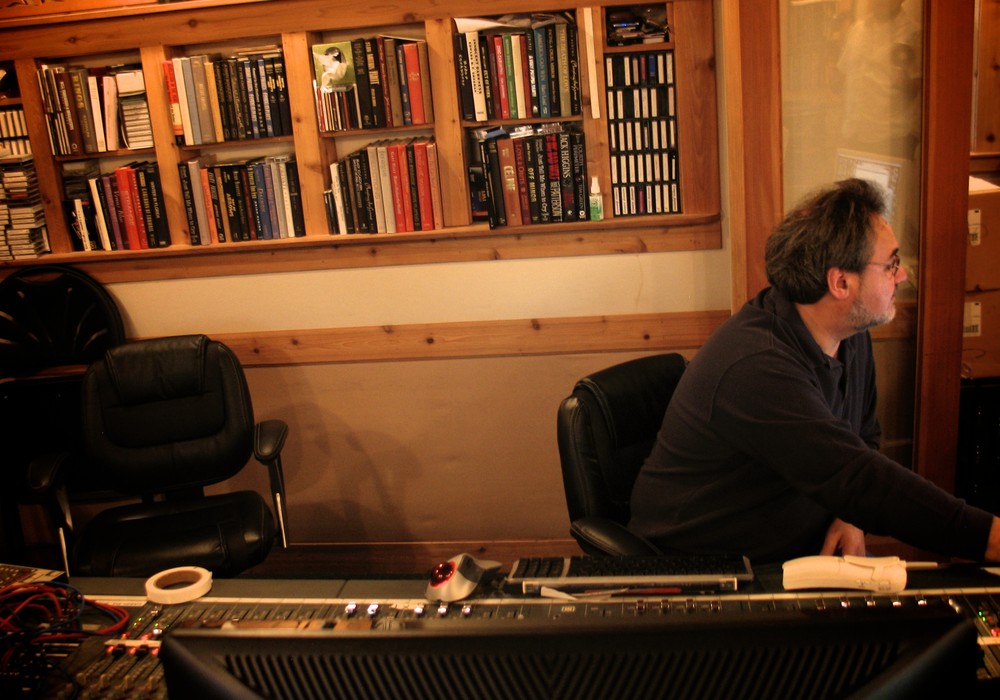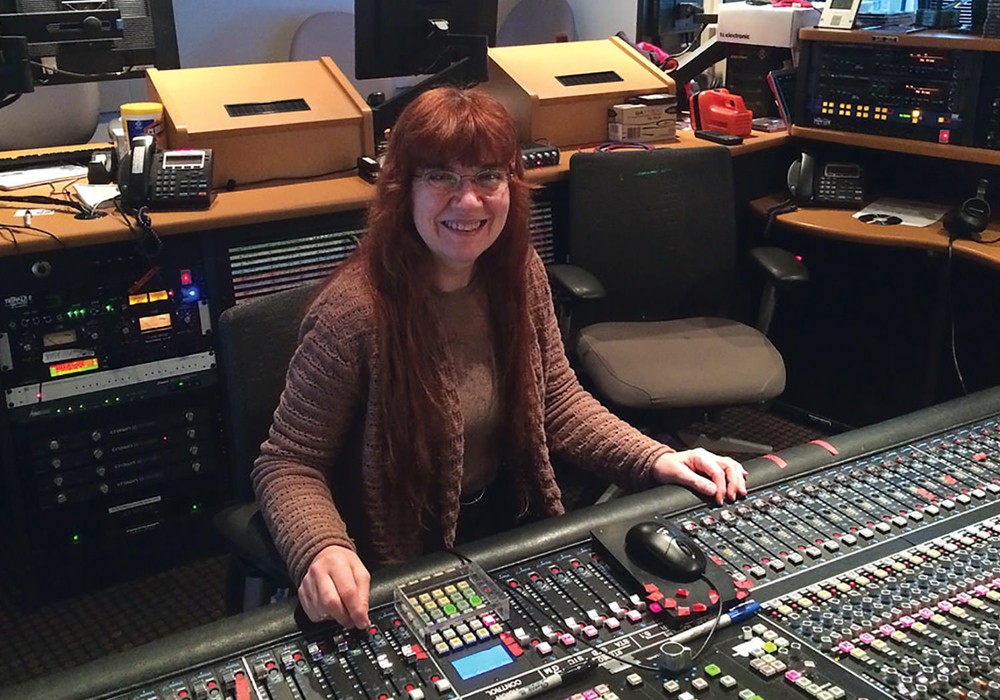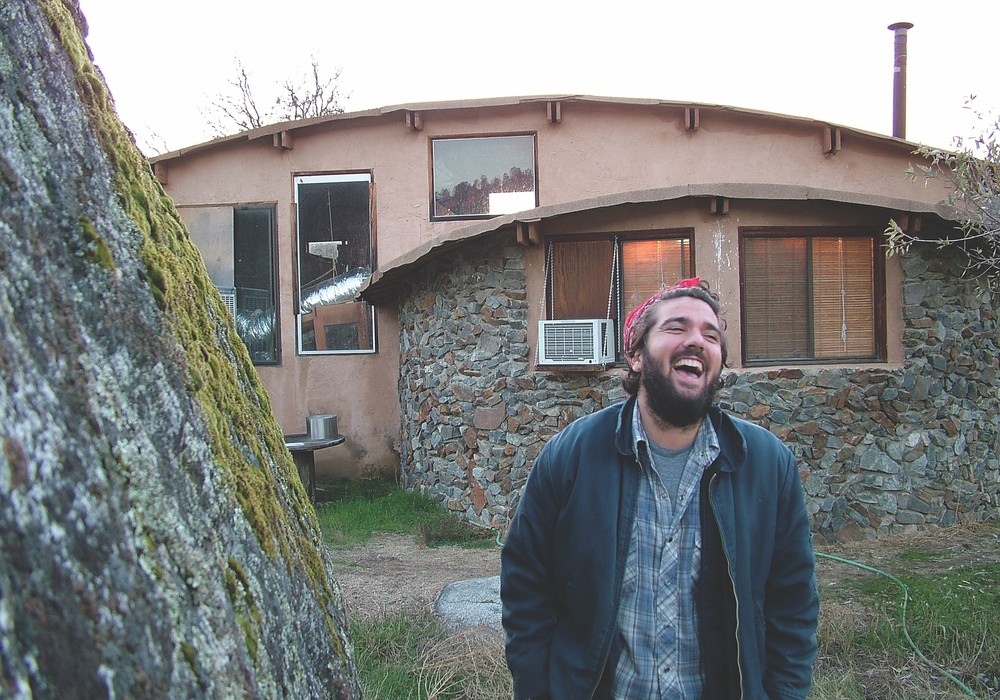In August of 1969 I got the job offer of a lifetime, one that led to the greatest year of my life.
I'd been working part-time at Bob Ross' Harmony Recorders, on Melrose Avenue in L.A., cutting reference discs on their mono Scully/Westrex lathe system. My good friend (and tech for the studio), Don Saunders, mentioned that Calvin Harris, chief engineer at Motown in Detroit, was looking for a disc mastering engineer — someone that was familiar with the Neumann cutting system and could move to Detroit. I was qualified to operate both the Neumann and Scully/Westrex cutting systems — it made no difference to me — though I really did prefer the Neumann.
During my interview with Mr. Harris we talked about Motown. He said I would not be working at the converted homes on West Grand Boulevard, but rather in the mastering lab at the Motown Center building, located at 2457 Woodward Avenue. I said, "You mean the Donovan building, next to the Sanders building, at Woodward and Duffield, next to the I-75 Expressway?" At that point our conversation turned to all things Detroit. He was fascinated to learn that my grandfather and uncle had run a drugstore at 23rd and Bagley since 1896, and that it was still open. Needless to say, I got hired.
I reported for work at Motown on September 10th, 1969, and the first person I met there was none other than Bob Olhsson [Tape Op #30], one of the finest mastering/mixing engineers our industry has ever produced. His help was invaluable to me — he introduced me to people, patiently taught me what I didn't know, and found me a very nice place to live. For the year that I was at Motown, Bob was a good friend and a great teacher. To this day when I master a project in my own studio, I employ many of the techniques that I learned from Bob.
There were two cutting rooms at Motown Center; the stereo room was located on the 10th floor and there was a mono facility in the basement. Along with Bob, I worked with two other disc engineers: Joe Atkinson, the former chief mastering engineer from Atlantic in New York, and Leonard Wisniewski from Dearborn, Michigan. Leonard cut the masters for Diana Ross & the Supremes' last record Cream of the Crop, featuring the chart topping hit "Someday We'll Be Together." To this day, when I hear it on the radio, it still sparkles.
The stereo mastering system consisted of a Neumann AM- 32b lathe, a [Neumann] SX-68 helium-cooled cutting head, a Studer C-37 tape machine that was modified for tape-to-disc transfer, and a custom-designed electronics rack built by the Motown technical department, headed by Mike McLean and Don Boheret. The cutting amps were a tube-based Neumann package, but that all changed when one stopped working. Mike inserted a brand new McIntosh 2105 power amp into the system and the sound of our product improved instantly. We had an Ortofon high frequency limiter for any sibilance problems. We also had some very good custom- built equalizers, as well as other tools from Mike and his staff.
The mono room in the basement had a Neumann AM-131 manual lathe, with either a mono Grampian or Neumann ES-59 cutting head. This system was powered by a 300-watt industrial tube amp and was used for cutting mono 45 rpm records. We did the majority of those in half speed mode. A 15 ips tape would run at 7.5 ips, and the lathe would turn at 22.5 rpm. The thinking behind this was quite simple: Most cutting systems will strain to get 15 kHz on the disc, but if you cut that in half, to 7.5 kHz, the coils in the cutting head barely get warm. Play the disc back at 45 rpm and you've got your 15 kHz on the disc — and it sounds great.
Motown had the finest audio engineering talent available, and I would be remiss if I did not mention some of them. All of the Motown studio engineers were fully capable of doing either tracking or mixing; they included: Calvin Harris, James Green, Donald Gooch, Russell Terrana, Larry Miles, Ken Sands and, of course, Bob Olhsson.
As much as I liked working at Motown, it became necessary for me...
